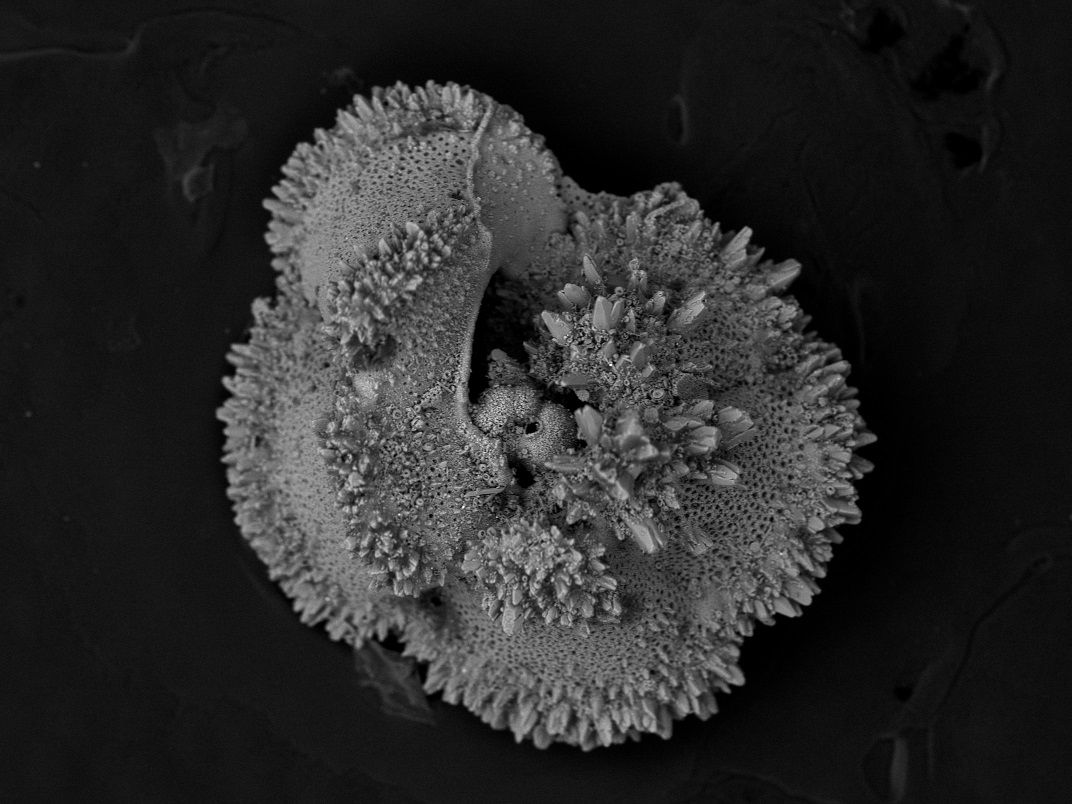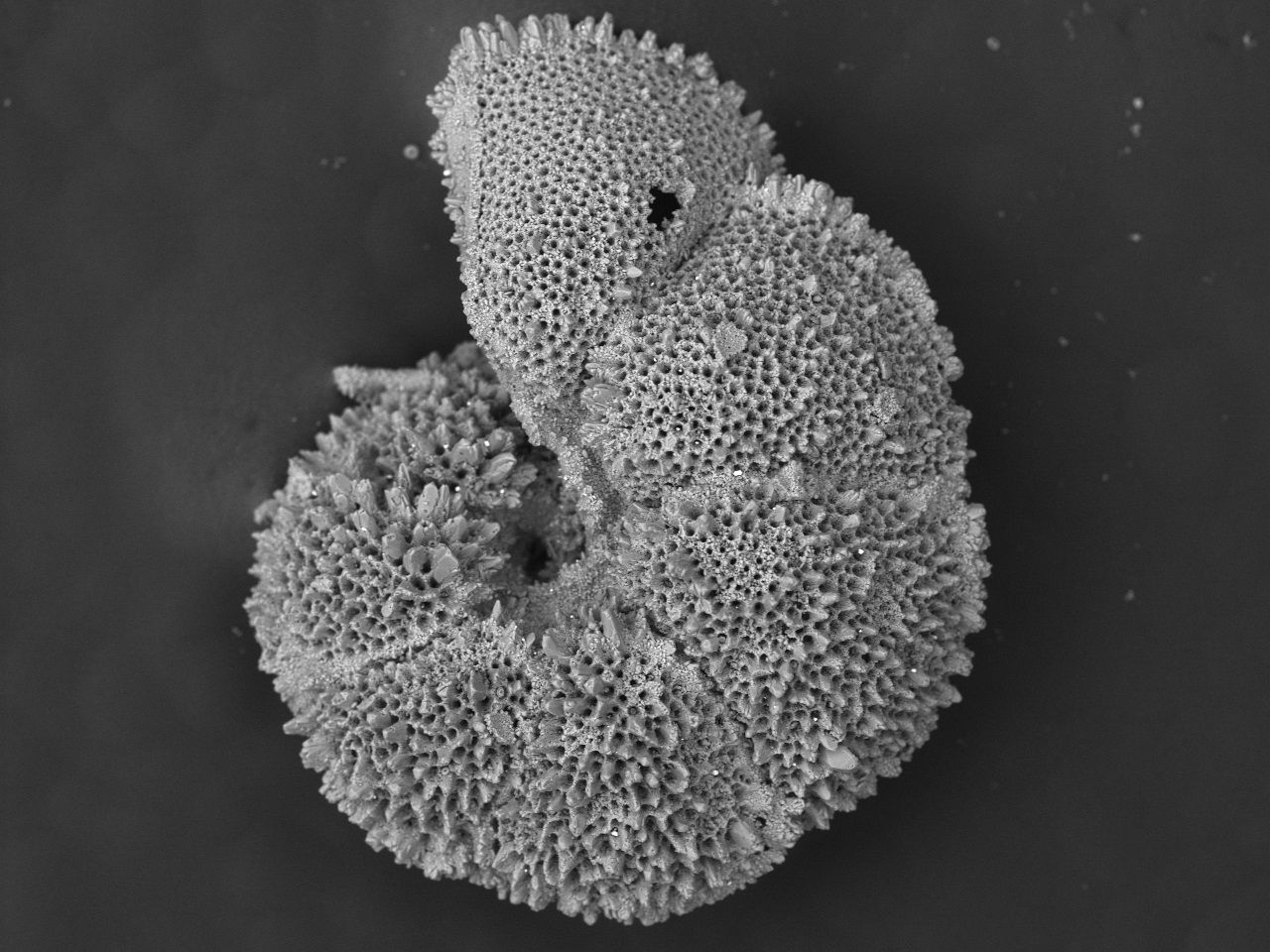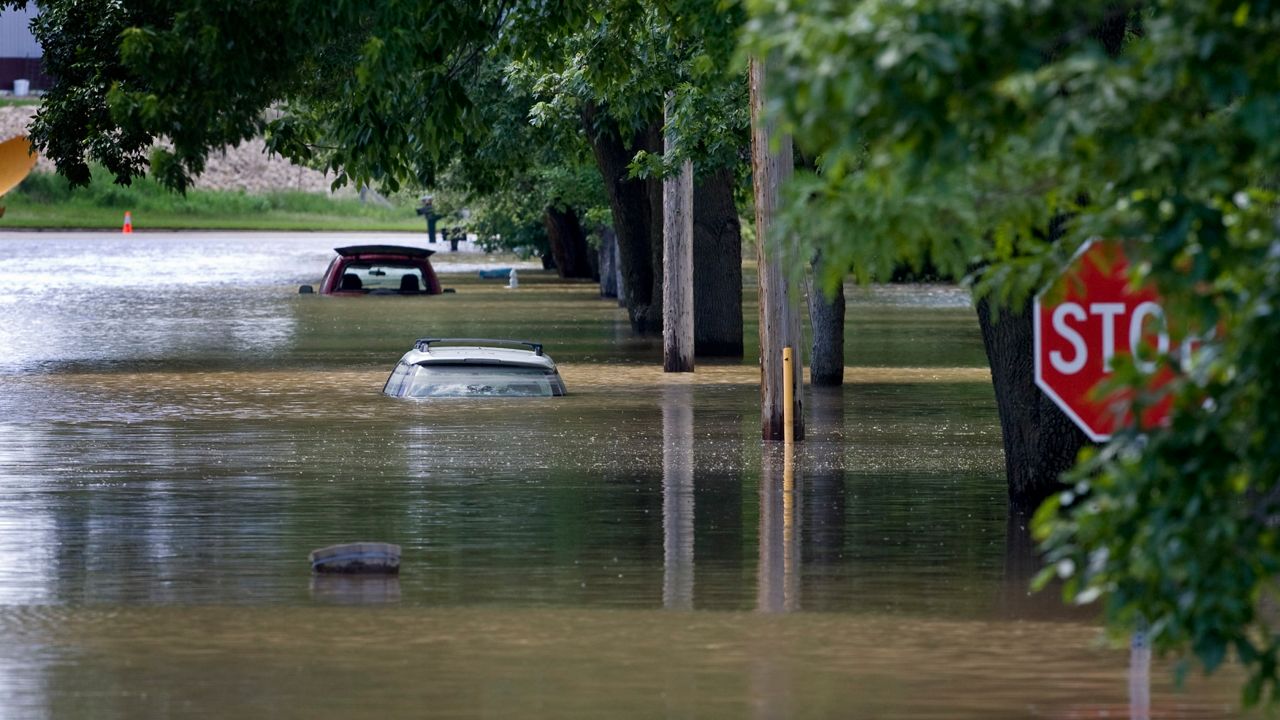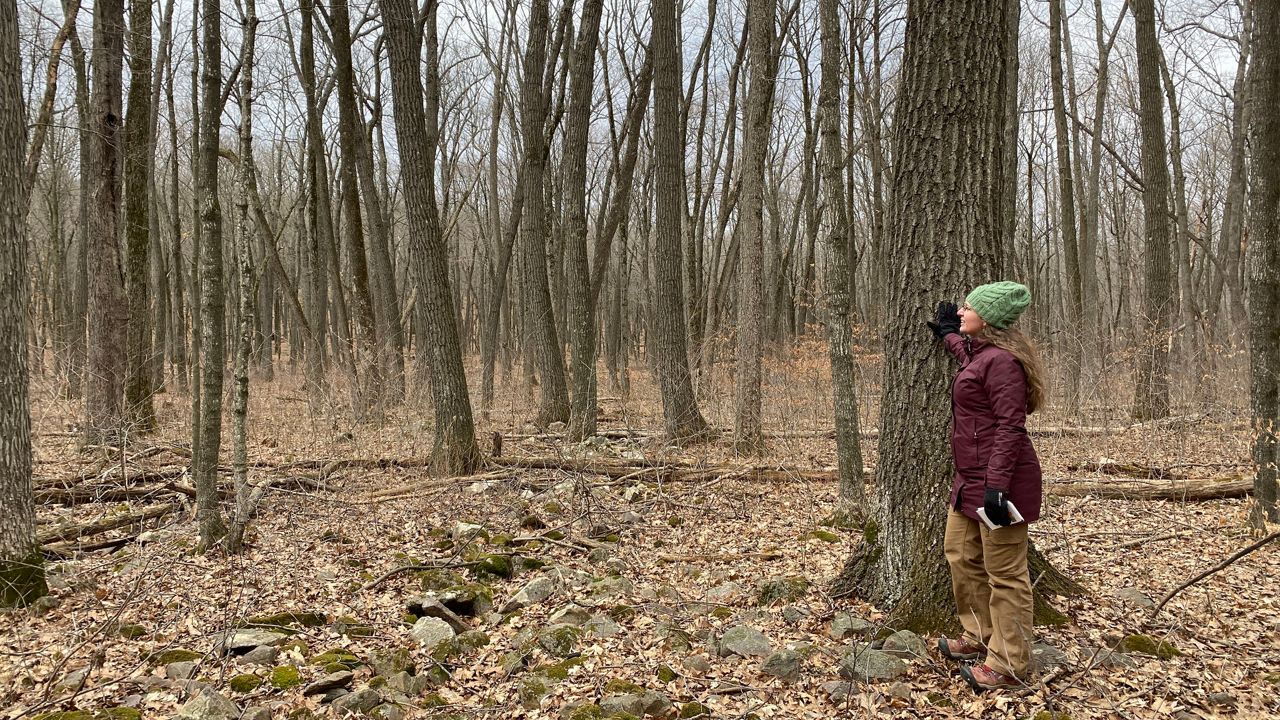MADISON, Wis. — To predict our future under climate change, some scientists are looking way into the past — and digging deep into the ocean floor.
What You Need To Know
- A period of intense climate change shook up ocean conditions 56 million years ago, and might give us a peek at our climate future
- Researchers dug through fossil shells on the ocean floor to see how tiny critters reacted to climate change
- Using a new technique to sort through the shells, they found that ancient climate change took a toll on zooplankton, which may have thrown off the whole ecosystem
- The findings raise concerns about how our modern climate change will affect ocean life
Around 56 million years ago, a rapid influx of carbon into the atmosphere transformed the ancient world. That event — known as the Paleocene-Eocene Thermal Maximum, or PETM — made oceans hotter and more acidic, said geoscientist Brittany Hupp, who completed her PhD at UW-Madison and now works at Oregon State.
And it may offer a sneak peek into how marine life will respond to modern climate change.
“We have this event in the past that’s a really great analog to try to better understand. Alright, if we continue upon our current trajectory, how are things going to turn out for various critters?” Hupp said. “How is the ocean atmosphere system going to respond?”
Now, a recent study from Hupp and other UW-Madison researchers has upended our earlier understanding of how the PETM affected marine ecosystems.
By using a new technique to examine the fossil records of tiny zooplankton, the scientists found that ancient climate change took a big toll on these little critters — raising concerns about how they might fare as our world transforms today.
In the study, published in PNAS last month, Hupp and her team looked at the fossils of planktonic foraminifera, also known as forams — single-celled creatures about the size of a grain of sand, which float around in the ocean's upper layers.

While they’re drifting, these forams build distinctive shells that tend to capture useful information about their environment, Hupp said. And because the organisms have been around for hundreds of millions of years, their shells have built up a lengthy fossil record at the bottom of the ocean.
“They grow these shells while they’re living, they die, and then they sink to the seafloor,” Hupp said. “In some places, the sediment is essentially composed entirely of the shells of these critters.”
In the past, researchers have drilled up sediment cores — long tubes of material from the seafloor — and looked through their layers to study foram populations over time. The idea was that the deeper a shell was buried, the older its time period.
Using this method, earlier research from UW-Madison geosciences professor Clay Kelly — who is also a co-author of the new study — had concluded that forams near the equator were actually doing pretty well during the PETM. Shell layers from a site in the middle of the Pacific seemed to show an increase in species diversity, even as climate conditions were getting more extreme.
But Hupp pointed out that shells on the ocean floor don’t always stay perfectly in their age-appropriate layers.
“We also have currents on the seafloor that mix sediments. We also have critters that live on the seafloor and burrow through these sediments,” Hupp said. “And so we can basically have mixing processes that can move those shells up or down within the sediment.”
To make sure they were only counting forams from the right time period, Hupp’s team used a new method called isotopic filtering.
During the PETM, there was a big shift in the ratio of carbon isotopes in the atmosphere, Hupp explained. (To get technical, isotopes are versions of carbon atoms with different numbers of neutrons. Carbon emissions can affect which isotopes are the most common at a given time.)
Since forams use carbon to build their shells, we can analyze their fossils to see which carbon isotopes they picked up — and therefore, whether the critters lived before the PETM or during that big shift, Hupp said.
After applying this method to their sediment core, Hupp’s team found that almost half of the shells in the PETM-related layers were actually mixed in from different time periods. And the shells that were left told a harsher story about the PETM’s effects on forams.
“When we actually go through this whole process of identifying those shells and removing them from those counts, we actually get a totally, totally different ecological story,” Hupp said. “These communities actually suffered a very abrupt decrease in diversity — which kind of makes sense, because the tropics were crazy, crazy, crazy hot at this time.”

Two major species, which made up almost half of the local forams before the PETM, basically disappeared from the area when climate change hit, according to the study. Some critters seem to have migrated to the poles in search of cooler waters.
And other types of shells seemed to only show up during the PETM, then disappear when milder conditions returned, Hupp added. It’s possible that these fossils represent forams that changed how they built their shells to deal with the extra-acidic conditions, she said.
So, while there weren’t any true extinctions during this time — even the forams that moved away came back once things cooled off — the PETM caused a big disruption and led to some “weird different coping mechanisms,” Hupp explained.
If forams felt the heat from ancient climate change, then other tiny ocean organisms probably did too, Hupp added. Shifts for these creatures would have echoed throughout the ecosystem.
“We're interested in studying these communities because they are foundational to marine ecosystems,” Hupp said. “If you get rid of them, you can have a whole food web collapse, potentially.”
Moving forward, Hupp said she’s hoping to apply the new isotopic filtering technique to other sites, including ones closer to the poles. The method has already transformed the way scientists understand one piece of the PETM, and could challenge other ideas about ancient climate change.
But this study alone is enough to raise some concerns — especially since our climate today is changing much faster than it did back then, Hupp said.
“The rate of carbon release that caused the PETM was about 10 times slower than the rate at which we are emitting today,” she said. “And so if we're looking at these communities, and they were not doing well during the PETM, you know, what is the implication of that today?”









